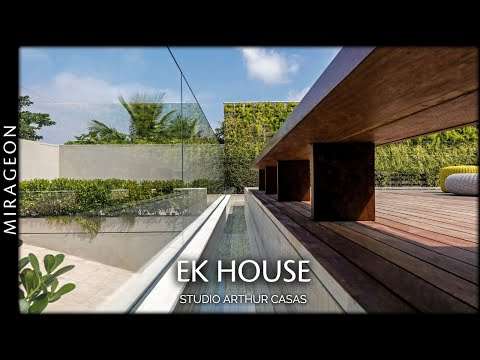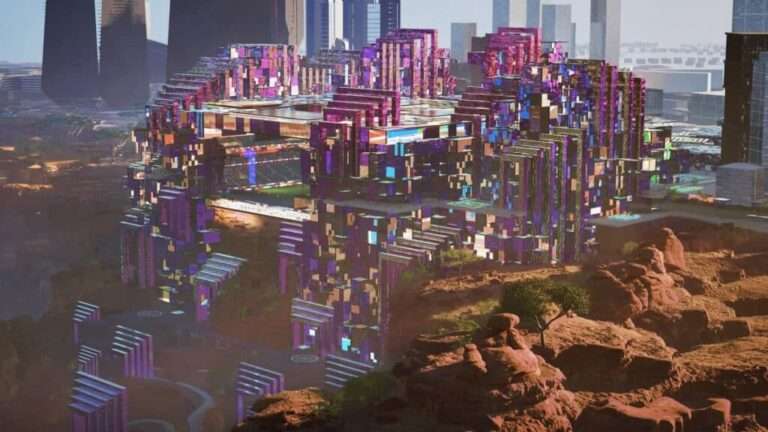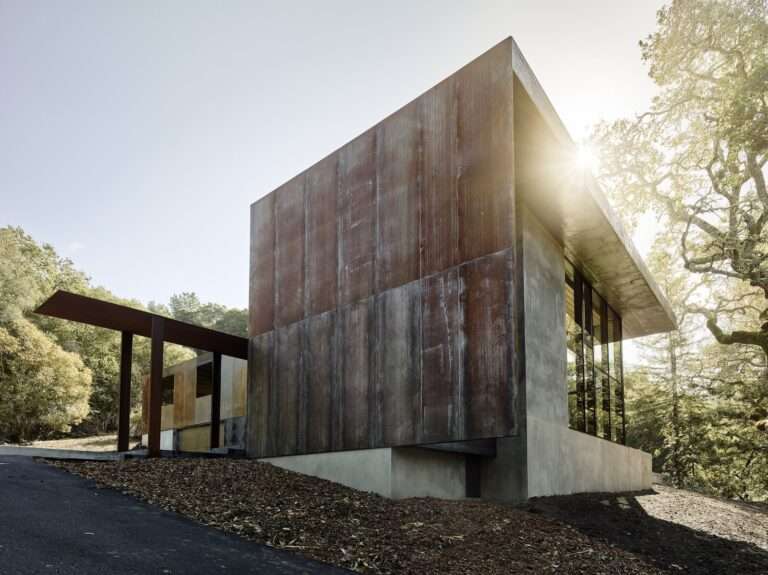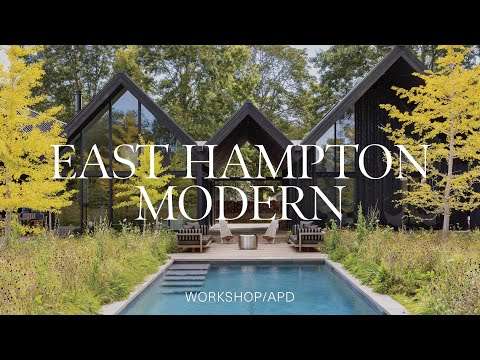The Riverside House is an elegant and sculptural family retreat, located in a highly restricted site bounded by two major arterial routes, in a desirable corner of Hagley Park. The challenge was to maximize the use of the land and fit a large family home into a tight building envelope, constrained by river conditions and the remnants of an existing construction that previously occupied the site. Embracing the riverside setting and preserving privacy were the client’s main concerns and the project brief.
The response was a simple and organized composition of overlapping volumes, interconnected and punctured, integrating the interior spaces with adjacent views of the river and park. The ground floor houses the kitchen, dining room, living areas, garage, and a guest suite. The upper floor features bedrooms and a media room.
Large sliding glass doors open fully to dissolve the boundary between indoor and outdoor spaces, reinforced with seamless floor and wall finishes used continuously between the interior and exterior spaces. Terraces flow from the main living areas and lead to a garden pavilion housing the pool, spa, and changing room.
The living areas within the house are contained and intimate. The entire ground floor is open and interconnected, yet not a rigid block. The kitchen was carefully designed with a functional cooking area, concealed in a separate annex, allowing users to enjoy the main space without clutter.
The materiality is sophisticated and elegant – polished concrete walls, stone flooring, and dark-toned woods, providing a rich and tactile experience. The subtle separation of volumes allows the upper block to float freely over the lower one, a detail that adds lightness to the powerful western elevation.
The design responds to privacy through dark vertical louvres along the southern and northern facades, and eaves designed to conceal and hide the interior environment without losing the occupant’s relationship with the river and park beyond. The filtered light and shadow created by the first-floor louvres result in a collection of calm and ordered spaces that respond to the rhythm of the day and season.
The Riverside House celebrates its location and complements the existing site context and surrounding landscape, yet still provides a comfortable retreat away from a bustling urban environment.
The main element of the sustainable approach used in the project was a well-insulated envelope, positioned and configured to follow passive solar design principles. The orientation of the riverside house was largely guided by the site’s geometry; however, the placement of openings and carefully considered overhangs combine to create a dwelling that reduces overheating in summer and maximizes the lower angles of the sun in winter.
The entire ground floor is covered with concrete tiles that are activated when the winter sun penetrates deep into the house, allowing for passive solar gain. The roof slab is also heated with water pipes used through a thermal heat pump. Vertical fins surrounding the upper block are positioned to filter sunlight and reduce overheating in the rooms.
The Riverside House meets all the needs of this vibrant family, and while fulfilling the requirements for the fundamentals of sustainable living, it also presents the warmth of materiality, a connection to the context, and a relationship with the landscape, eliciting a positive response from the family who will enjoy the space for many years.
Credits:
Location: Christchurch, New Zealand
Architects: Three Sixty Architecture
Area: 485 m²
Year: 2019
Photography: Simon Devitt
0:00 – Riverside House
4:37 – Drawings





